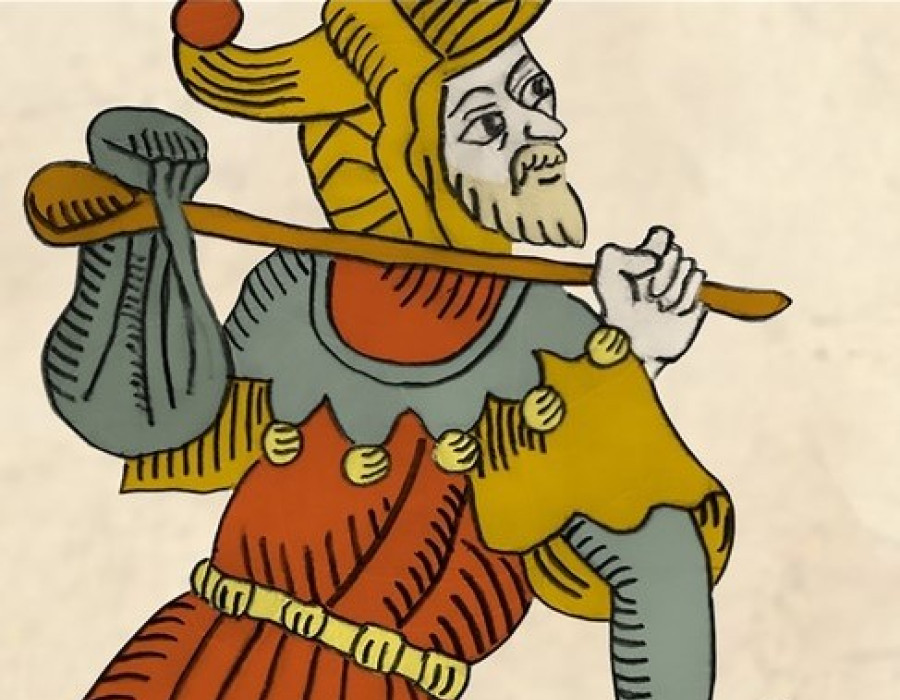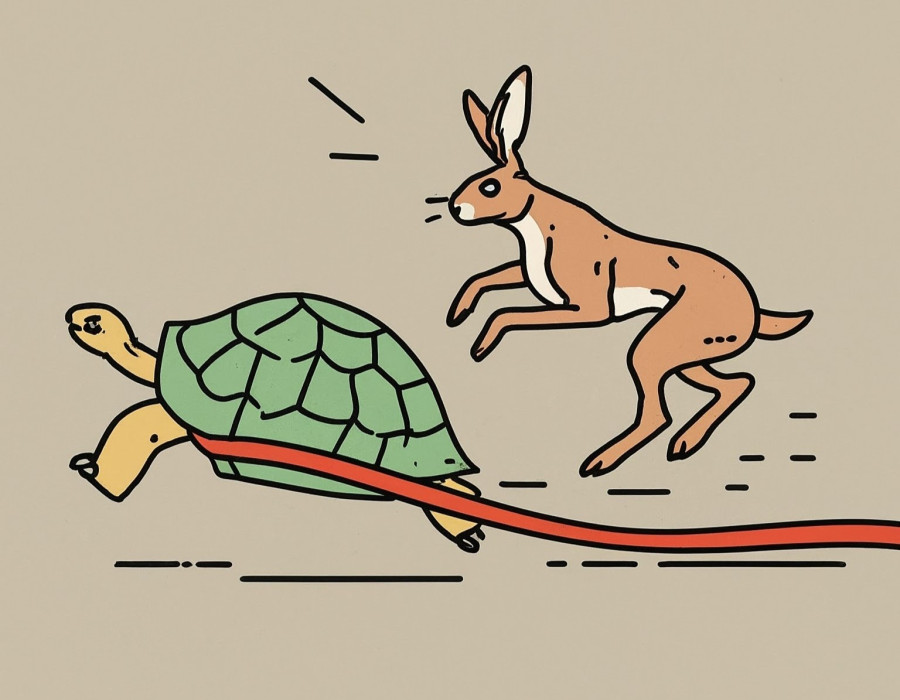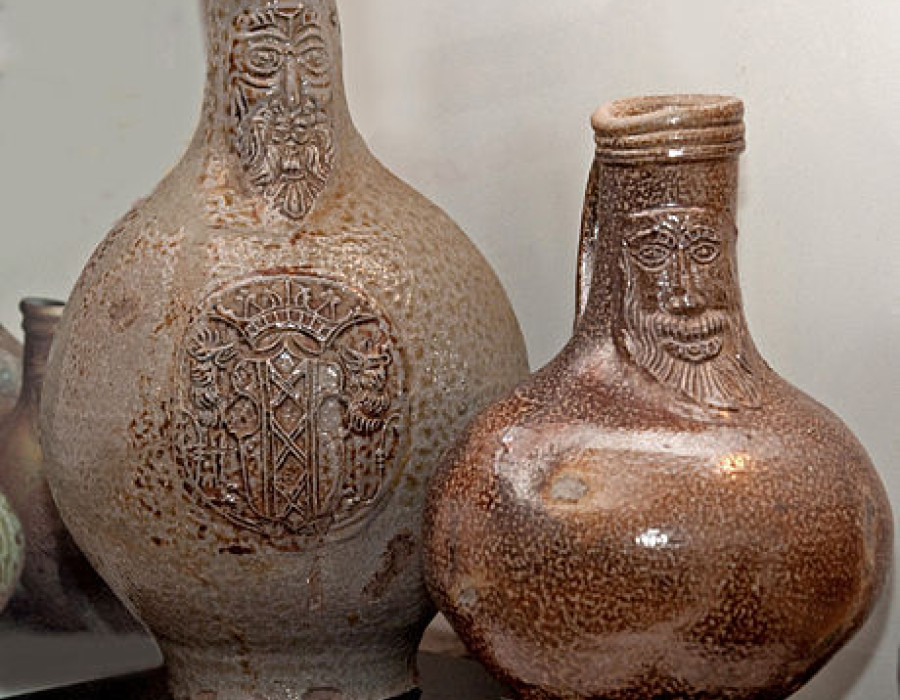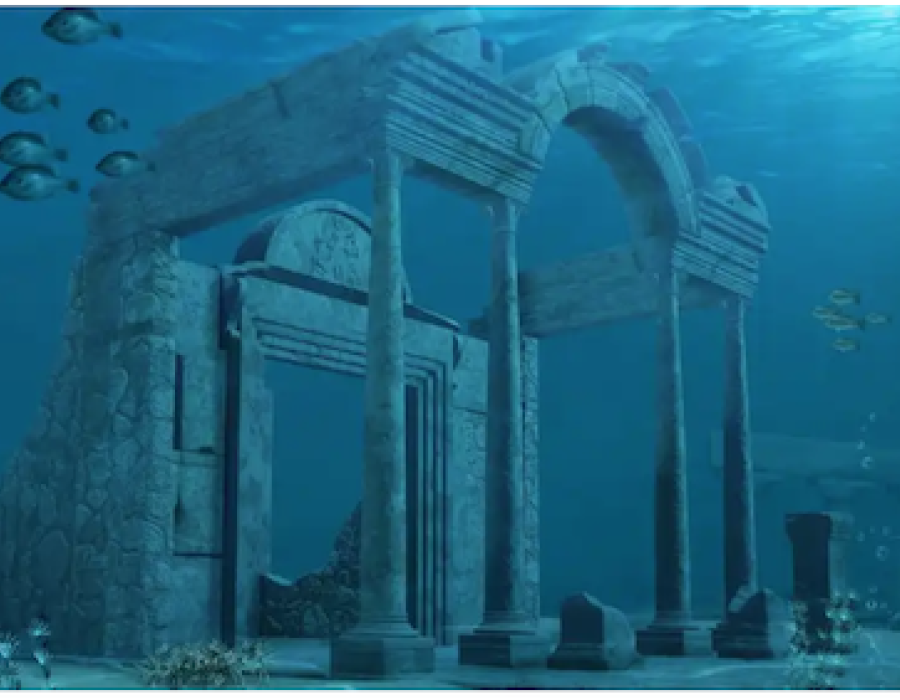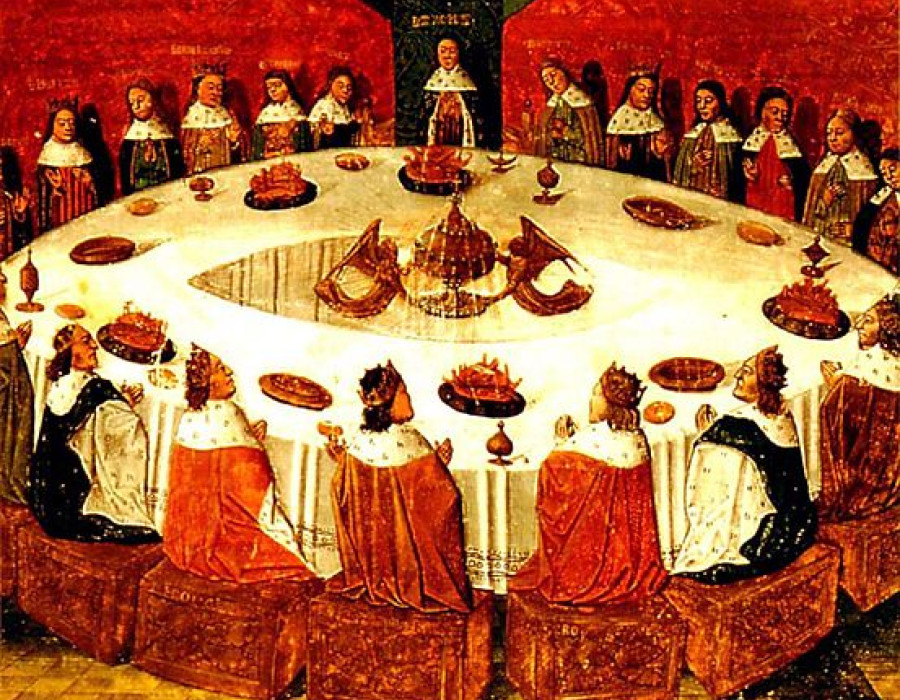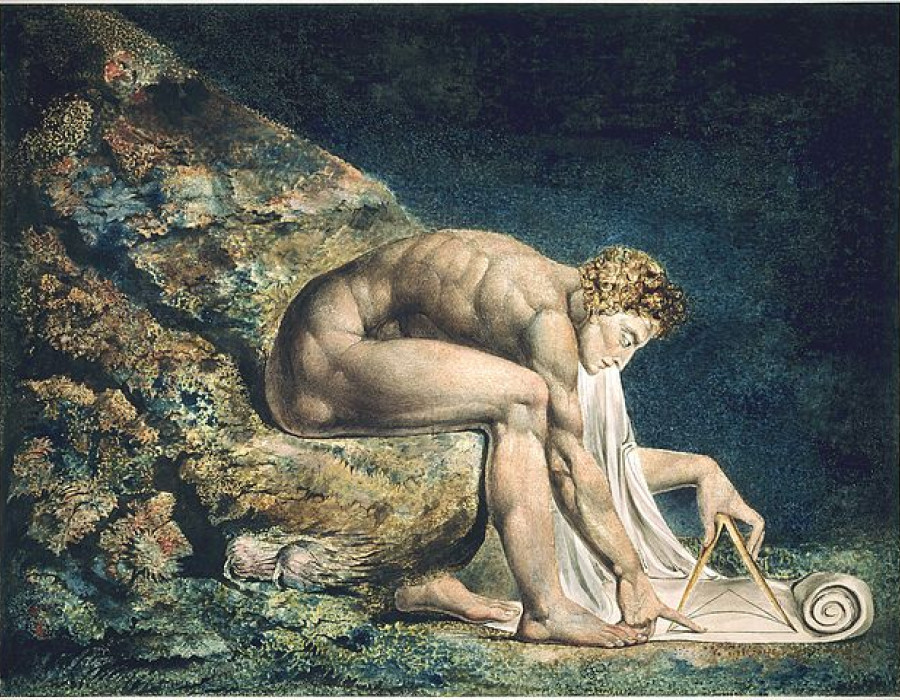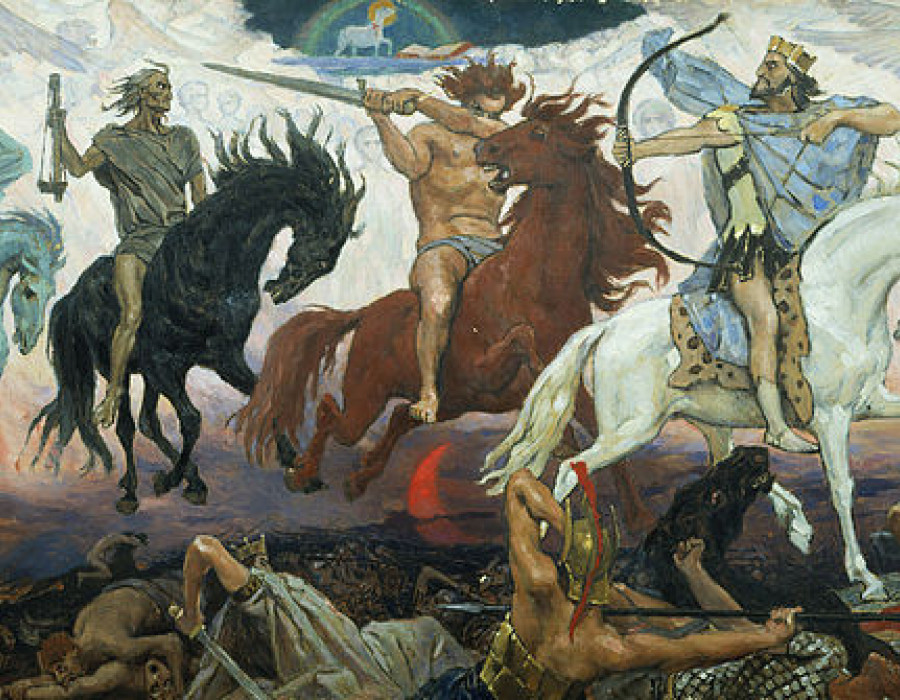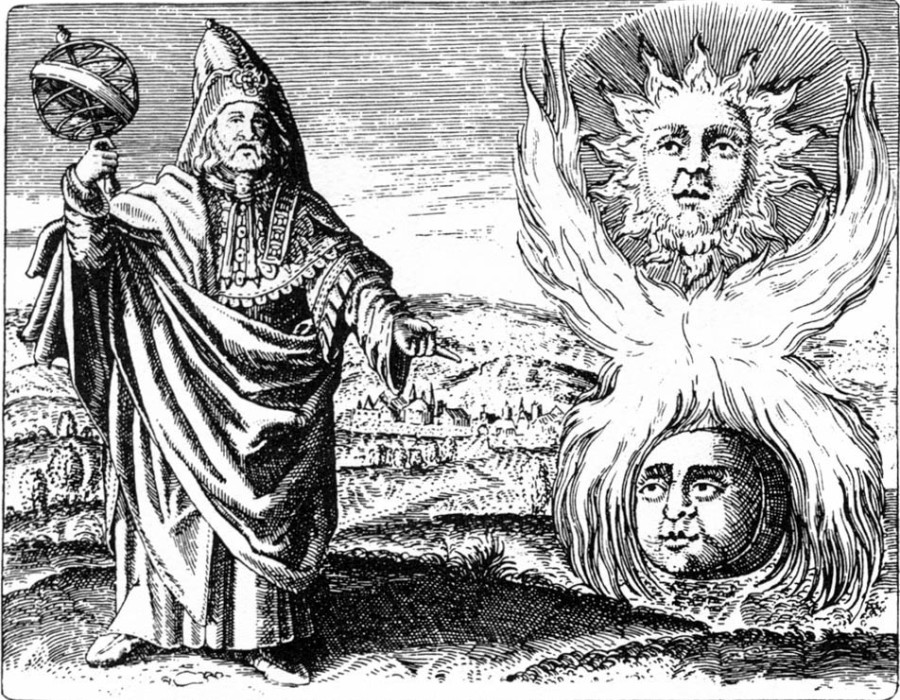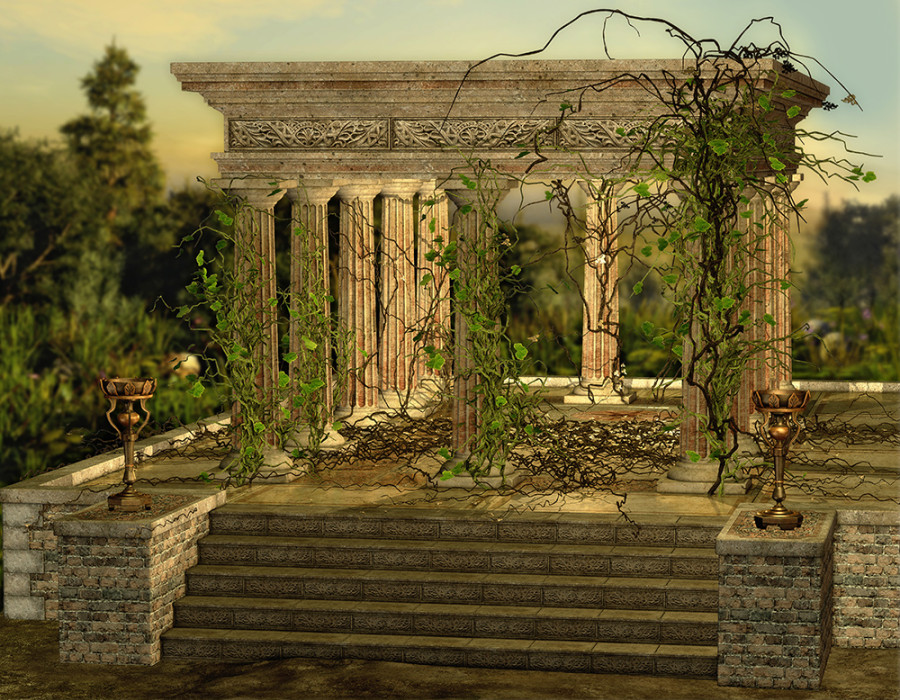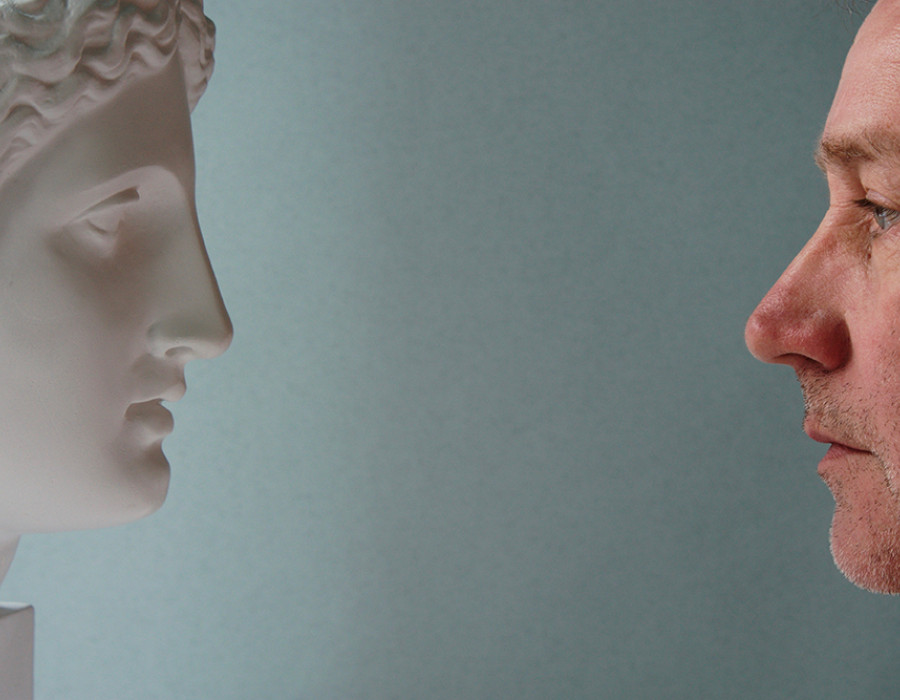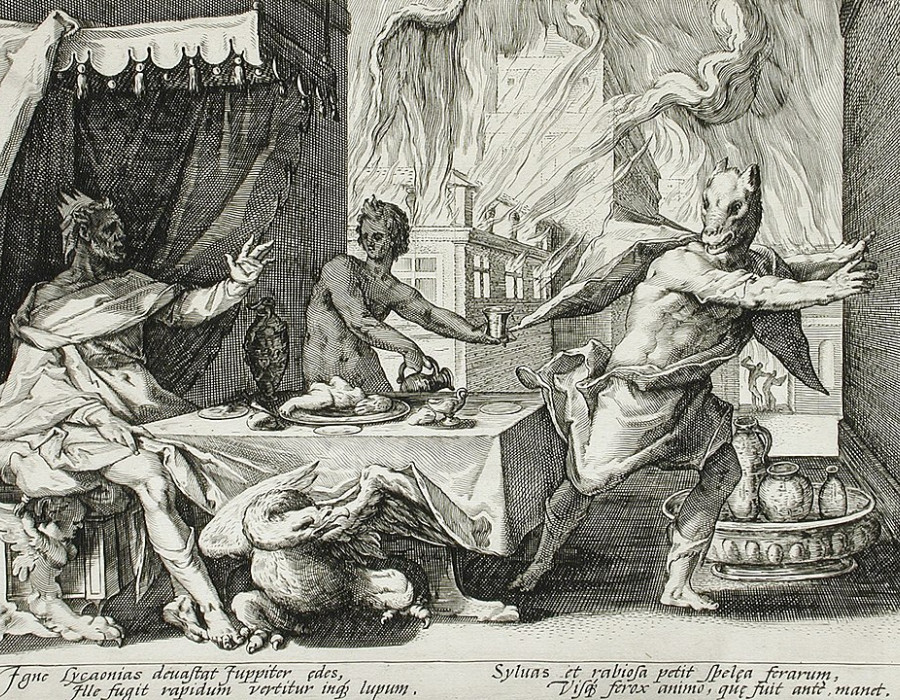
Martin Goodson
The Water of Life
The Alchemy of Transformation
Martin examines the mythical imagery of water. From folk tales to Arthurian legends; we look at how water has been used to convey the mystical workings of the inner world, it’s powers for healing and what it can tell us about our own practice.

Water Dolphin
JJ Harrison (https://www.jjharrison.com.au/), CC BY-SA 3.0 <https://creativecommons.org/licenses/by-sa/3.0>, via Wikimedia Commons
“The Water of Life” is the title of a story by the Brothers Grimm. It is a classic tale, presenting a king who falls ill and can only be cured by drinking the ‘water of life’. Three brothers set out to find this magical liquid, and there are no prizes for guessing that it is the youngest of the trio (the purest of heart) who completes the task. With the aid of a friendly dwarf, he overcomes his jealous brothers and wins the hand of a princess – the daughter of the king he cures. All in a day’s work, then, for any respectable fairytale hero.
Being healed by water is an ancient trope. King Arthur is another sick monarch who is restored by drinking water from a holy cup. In the Old Testament, Naaman the Aramean, a Syrian military commander, is cured of leprosy when the prophet Elisha instructs him to bathe seven times in the River Jordan. Centuries later, Jesus Christ receives the Holy Spirit when John the Baptist immerses him in the same river, later giving rise to the Christian sacrament of baptism – ‘washing away’ the original sin of Adam and Eve.
Christian Europe was thus sympathetic to the pre-Christian practice of venerating holy wells and springs, and even sanctioned some of its own. In the nineteenth century, Bernadette, a miller’s daughter from Lourdes in the French region of Hautes-Pyrénées, had a vision of a young woman in a cave-grotto at nearby Massabielle who asked her to build a chapel there. Bernadette had a number of subsequent visions of the woman, who would reveal herself to be the Virgin Mary; in one, she was instructed to dig a hole, from which water sprang up. Accredited with healing properties, the Shrine at Lourdes was born, and now receives millions of visitors each year.
Water is also associated with transformation. Anthony Bloom, Metropolitan of Sourozh in the Russian Orthodox Church, told a sublime story of a doll made of salt. The doll embarks on a long journey, and finally arrives at the sea. It is a strange, vast thing to her, moving in many directions at once. She has never seen its like before.
“What are you?” she asks.
“I am the sea,” comes the reply.
“But what is that?”
The sea instructs the doll to step into its water and find out. As she does, her foot – made of salt like the rest of her – dissolves. She screams and jumps back; however, the sea tells her that wisdom requires sacrifice, and that she ought not to be frightened, but to venture further in. Despite her trepidation, she does. Bit by bit, she begins to dissolve, and as she goes further still, she experiences a strong sense of familiarity. Finally, as a wave comes up and washes over her face, she cries out: “Of course – I am the sea!”
A popular analogy for Buddha-nature, in Zen, is that of the wave and the ocean. Individual waves rise up and appear to have separate ‘lives’; yet if they were to look down, each wave would realise that they are all composed of ocean, and would be unafraid when their time comes to crash to the shore and flow back into that vast expanse of water.
The story of the salt-doll makes clear that sacrifice is necessary in order to attain profound realisation. The Buddhist analogy makes clear that sacrifice only appears to be such: in essence, both wave and ocean are of a single nature anyway.
Transformation is the realisation of something that has always been so, but which has been forgotten. Such insight can have a healing effect.
The Swiss psychiatrist Carl Jung interpreted the presence of water in dreams and fantasies as the presence of affect, or feeling. One of his patients dreamed that she was by the seashore, and that the rocks there contained gold, which was trapped inside them. After a period of successful psychoanalysis, she saw that the gold had turned into liquid, and was pouring out of the rocks.
The image suggests that, like liquid, feelings can become trapped or ‘fixed’ into old patterns that cannot adapt to changing circumstances.
In Mahayana Buddhism, there is a saying that the passions are of Buddha-nature. This is not to say that they are the same thing, but that they possess the same dynamic force or power. Spiritual transformation will soften what is rigid, so that it can flow and respond in accordance with things as they are. According to the Buddha, that rigidity is the notion of ‘I’, with my ‘must have’ and ‘cannot bear’ – in other words, my likes and dislikes. When it is exalted, the ‘I’ seeks to dominate and fears not having its own way. Once this bondage of the ego is dissolved, however, beings can then join in, and be of service to both self and others. The loneliness that accompanies the rigidity of ‘I’ is also dissolved. In its place is the ocean of our common human lot, which manifests as the Buddha’s own compassion.
© The Zen Gateway


